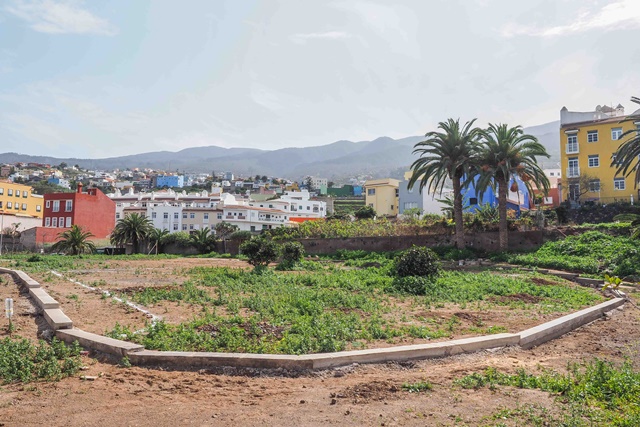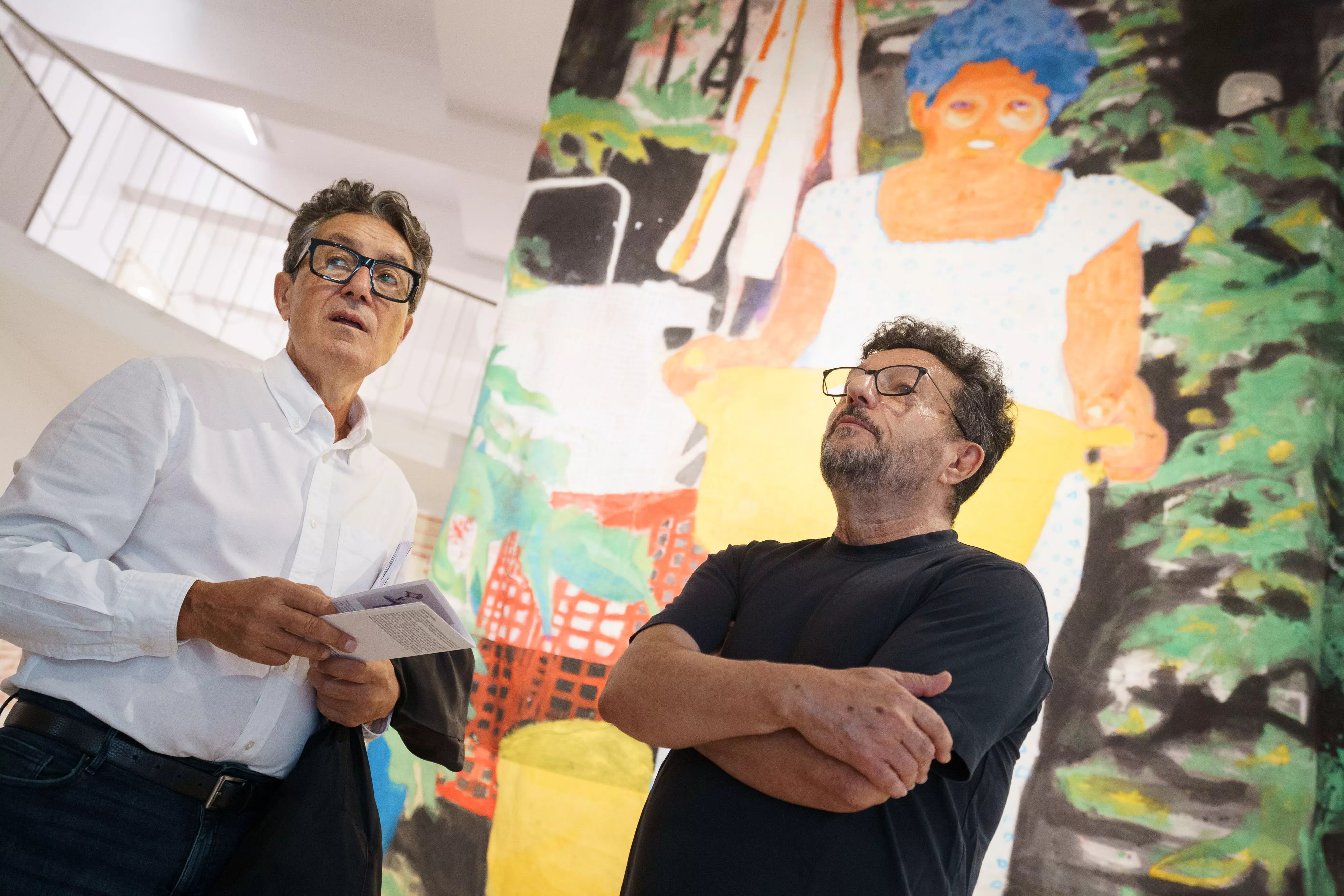
La Victoria de Acentejo will soon have its first dog park on the Santa Eulalia estate, an old rubbish dump of all kinds, located in the surroundings of the Carretera Vieja, which was visited not only by the residents of the municipality to throw away all kinds of rubbish but also from surrounding towns.
The site, which occupies an area of 28,000 square metres, began to be refurbished and cleaned at the beginning of last year. Firstly, it was necessary to carry out an earth movement since the land did not meet the regulations due to the use that had been given to it until now, and the area was delimited, says the mayor, Juan Antonio García Abreu.
The second step, thanks to the personnel hired through the employment projects, was to build some stone walls, clean up the land, and create the gardens. At this time, the central phase of the work is being carried out, the contract has been made for the entire perimeter fence of the surface and the only thing left to do is place the water installations.
In this sense, the president confirms that the works were delayed a bit due to the lack of supply of material and it will not be possible to open this first quarter of the year as initially planned, but the government group’s idea is to do so in the coming months. since this park is a claim of citizenship and that space in particular, a place where many neighbors come to walk with their pets.
However, the project contemplated for Santa Eulalia is much broader and more ambitious and therefore will be long-term. It consists of turning it into a large green park with gardens, paths, a children’s area, calisthenics, car parks, a cafeteria-viewpoint and bio-healthy circuits.
The model to follow is that of the El Montillo park, in the neighboring municipality of La Matanza, although smaller in size, points out Juan Antonio García Abreu.
Planting and composting area
In the case of La Victoria de Acentejo, a planting area will be added with several levels of vegetation that will serve to reduce climate change problems since the different species will take advantage of each other as food. In addition, community composting bins will be created at the same point where the compost that will be used in the municipal gardens will be manufactured with the consequent savings that this will mean for the local coffers.
















